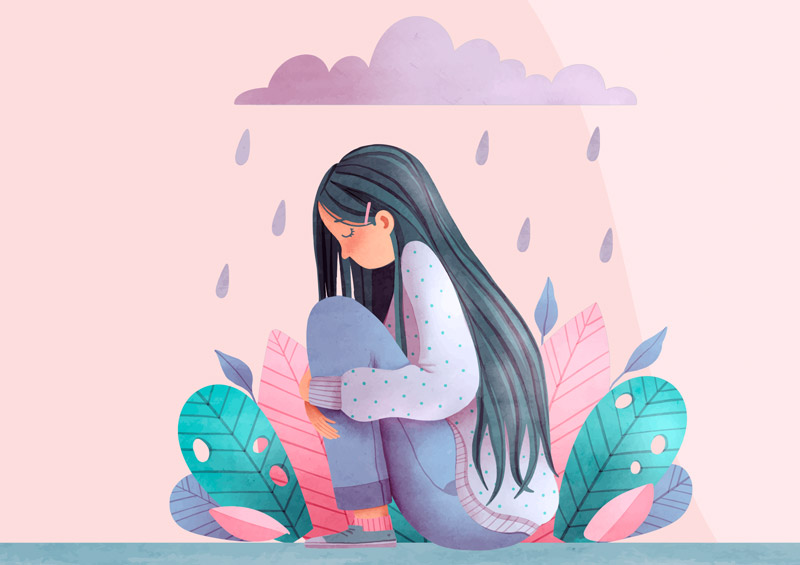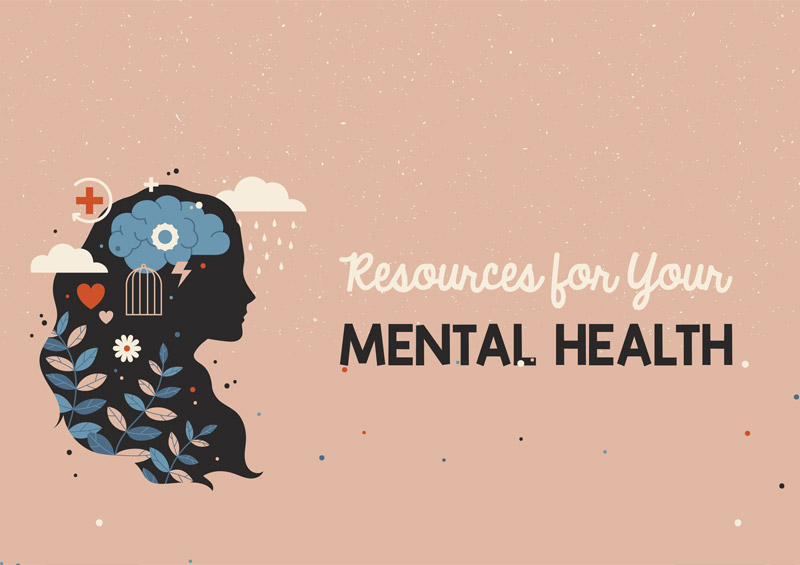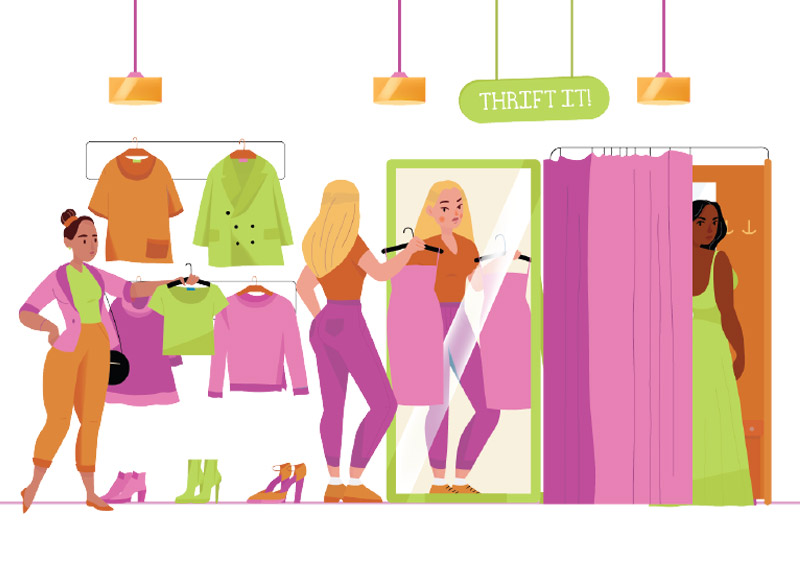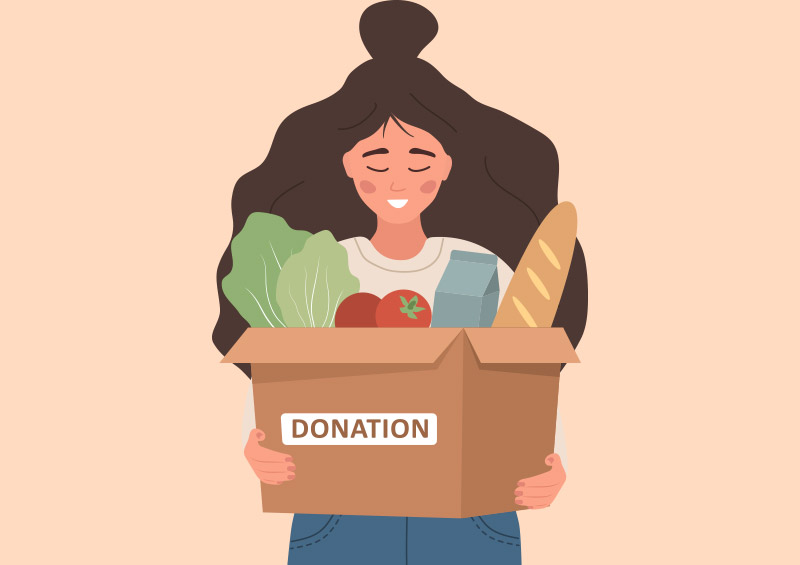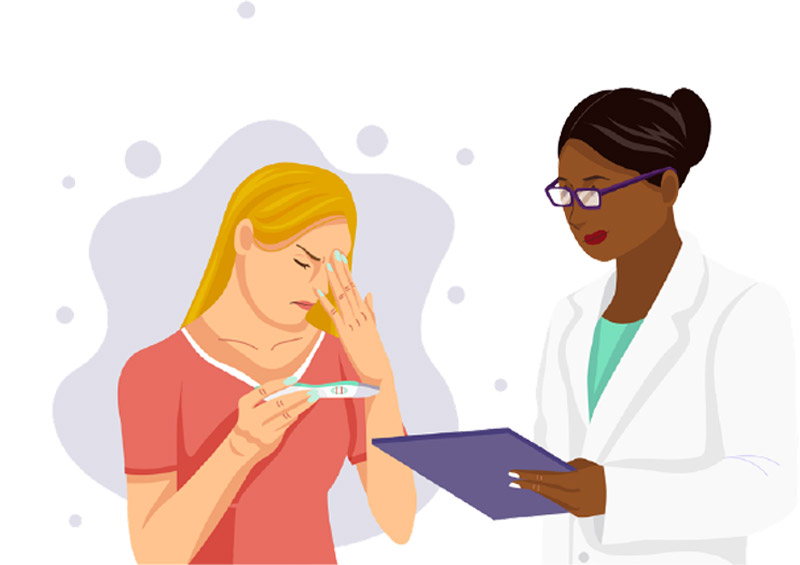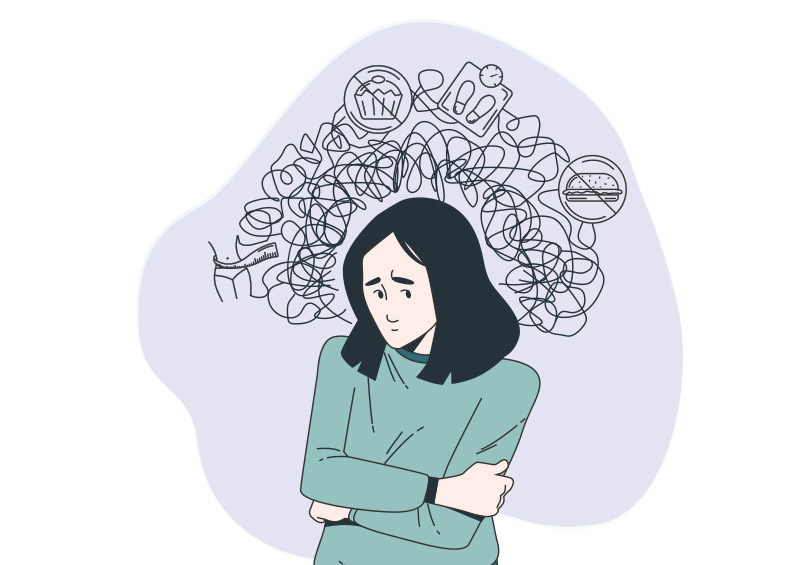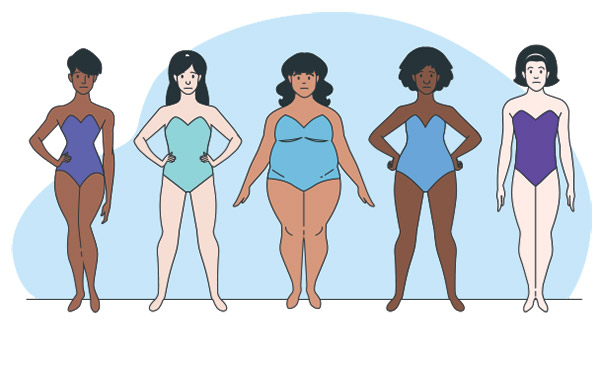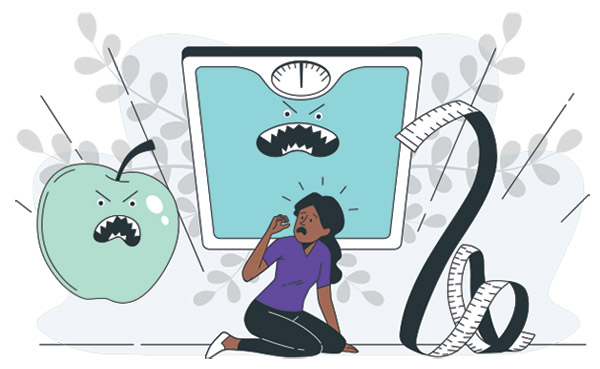Myth 4:
Eating disorders are only about food.
Fact:
While eating disorders do involve preoccupations with body size, weight, and food, they are rooted in biological, social, and emotional factors.
Some behaviors associated with eating disorders include restriction, binging, purging, and compulsive exercise. These behaviors are often attempts to cope with underlying emotions that may be associated with problems such as lack of control, difficult interpersonal relationships, or past trauma. Many people believe that the eating disorder is only about the food and may try to help their loved ones by encouraging them to “just eat,” “eat more,” or “eat less.” However, the reality is that in order for a person to achieve full recovery, a team of professionals is needed to address the medical, dietary, and psychological components of the eating disorder.



